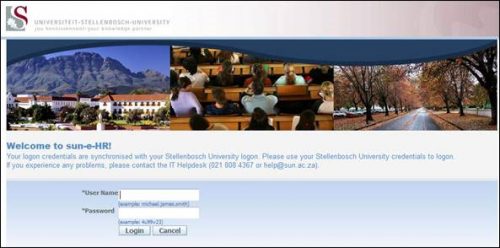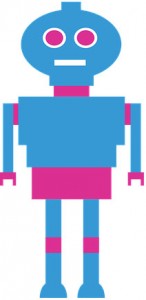 Early last week media company, Sony, announced that they will be releasing a movie about emojis in August 2017. We know that Hollywood will make a movie out of anything, but emojis? Are these little symbols such a large part of our daily life and online culture that they justify a full-blown movie?
Early last week media company, Sony, announced that they will be releasing a movie about emojis in August 2017. We know that Hollywood will make a movie out of anything, but emojis? Are these little symbols such a large part of our daily life and online culture that they justify a full-blown movie?
Not too long ago, when online chatting and SMS’s caught on, people expressed their emotions with basic symbols made up of punctuation marks, for example :) :( or :P. These were called emoticons and according to the Mental Floss they first appeared in a magazine in 1881.
Emojis, on the other hand, were created around 1998 by Shigetaka Kurita, a Japanese economics student who worked for a cellphone operator. The word “emoji” comes from Japan and doesn’t have a connection with the “emotions”. The “e” translates to “image” and “moji” to “character”.
However, these symbols didn’t look the same on all platforms and devices they were used. In 2007 Google adopted emojis and because they had the same code points, they always displayed the same, whichever device or platform you used.
From 2010 onwards, some emoji character sets have been incorporated into Unicode, a standard system for indexing characters, which has allowed them to be used outside Japan and to be standardized across different operating systems. A company called Unicode Consortium is now responsible for regulating emojis and approving new ones.
The Oxford Dictionary named 😂 (Face With Tears of Joy) its 2015 Word of the year. It also noted that 2015 has seen a sizable increase in the use of the word “emoji” and recognized its impact on popular culture.
Around six billion emojis are sent on mobile messaging apps every day, according to Digiday, a media company that specializes in digital media. (http://www.cbc.ca) So if you’re still wondering how relevant emojis are in online culture, that should be a good indication.
Are you looking for some more emojis to use? Try www.iemoji.com or www.getemoji.com.
[SOURCES: www.wikipedia.org, www.nerdist.com]



 Early last week media company, Sony, announced that they will be releasing a
Early last week media company, Sony, announced that they will be releasing a  For decades sci-fi movies have told us robots will take over the world one day. We don’t have to prepare for a robot war just yet, but they are part of our lives. We just don’t realise it.
For decades sci-fi movies have told us robots will take over the world one day. We don’t have to prepare for a robot war just yet, but they are part of our lives. We just don’t realise it.